Section of submarine telegraph cable with base, most likely from the first transatlantic cable of 1858.
Steel cables, gutta-percha, copper wires
Old base (19th century) in wood and turned brass
Dimensions: D. 3.1 cm; L. 7.8 cm
Dimensions with base: 13 x 10.5 x 10.5 cm
Condition report: very good used condition, an old crack on the underside of the brass mount (invisible when the object is placed)
In 1850, a first telegraph cable was laid between France (Calais) and England (Dover), it transmitted a message for the first time. This first connection ended in failure because it broke in many places. This cable, or rather this submarine wire, consisted of a conductive wire surrounded by gutta-percha. Success was only achieved in 1851 thanks to a much more resistant armoured cable than the previous one. Another step had to be taken: a cable between the European and American continents, 4,500 km of cable. There were several attempts, several failures: the cable broke in the unwinder. An attempt was made in 1857 and again in 1858: the two ships, the Agamemnon and the Niagara, left their respective countries, Ireland and Newfoundland (Canada) to meet in the middle of the Atlantic and join their cables. But this first transatlantic cable only worked for 3 weeks; in fact, there was a significant weakening of the signal and the cable was damaged by underwater faults and a power surge.
Souvenirs of the first large submarine cables were very popular in the United Kingdom. The first advertisement for this type of item appeared on 14th August 1858 in the Illustrated London News, two days before the first message was sent. It was sold under the title "a slice of the cable, set as a charm in gold or silver" and was sold by Edwards and Jones, Regent Street.






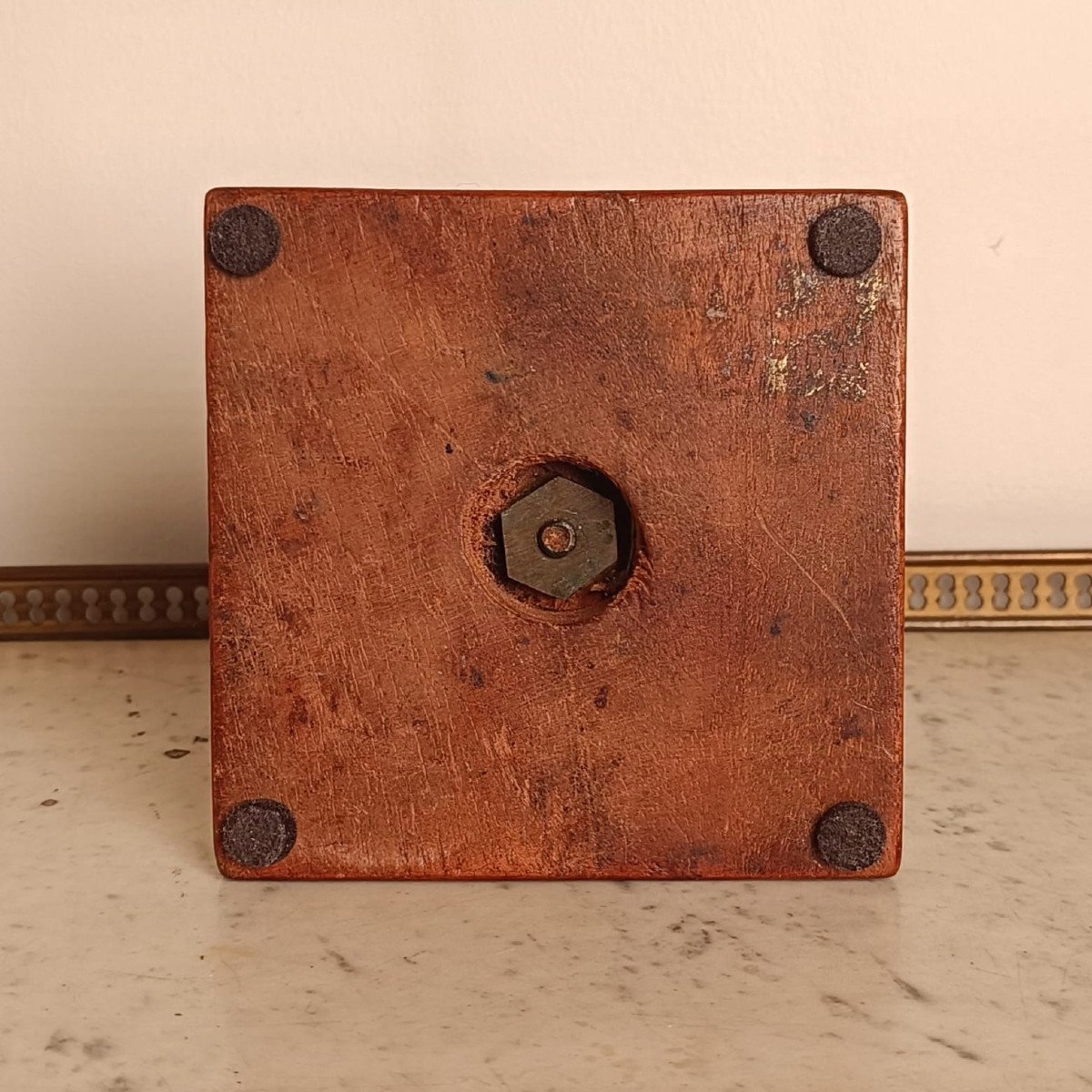
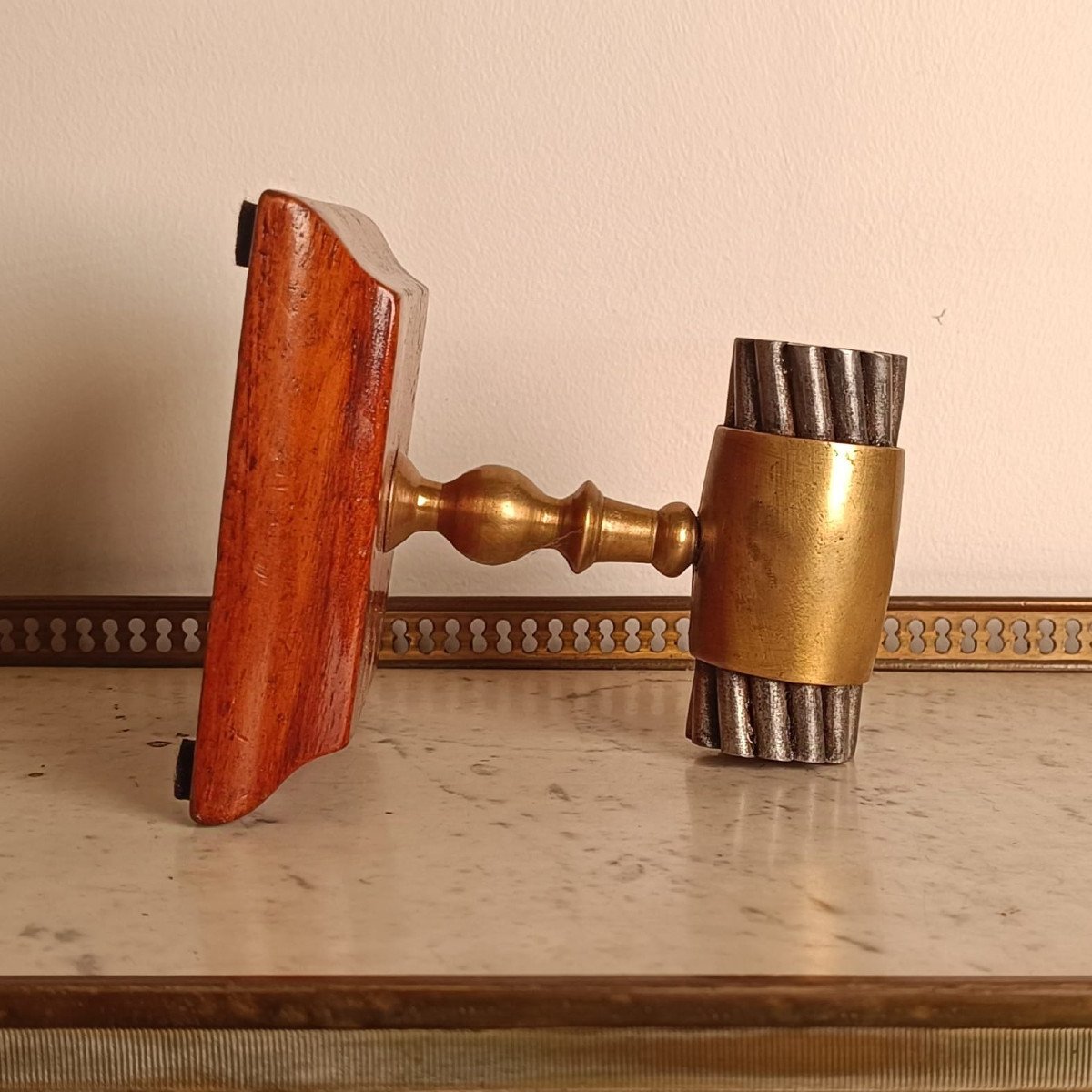




























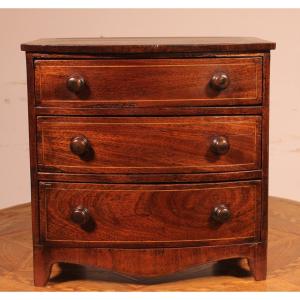
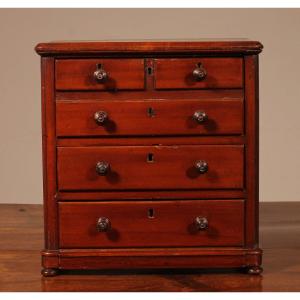
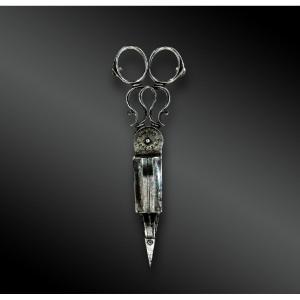




 Le Magazine de PROANTIC
Le Magazine de PROANTIC TRÉSORS Magazine
TRÉSORS Magazine Rivista Artiquariato
Rivista Artiquariato